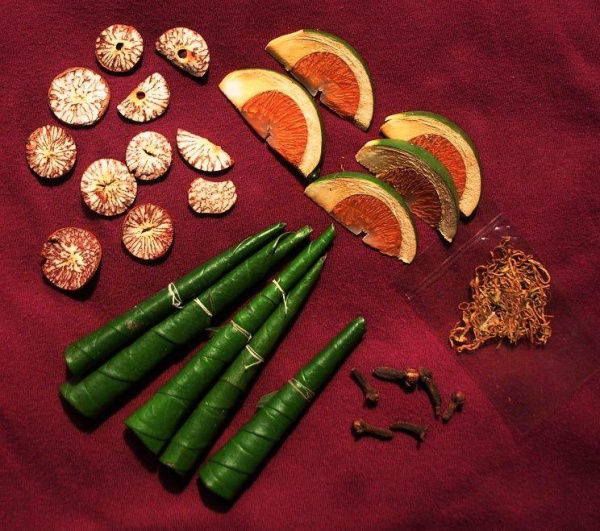Facts About Paan
Paan is a cherished treat enjoyed by many across Asia, particularly in Southeast Asia, East Asia, India, and Pakistan. Typically composed of betel leaf and areca nut, it is chewed for its stimulating and psychoactive effects. However, paan is more than just these two ingredients—some variations incorporate slaked lime paste, katha paste, or mukhwas to enhance flavor and freshness. The tradition of chewing betel leaf originates with the Austronesian people and has proliferated widely over the centuries.
In numerous cultures, chewing paan holds significant cultural value. In countries such as India, Myanmar, Indonesia, Malaysia, and the Philippines, it's more than just a habit—it's a tradition. However, in urban areas, the practice is often viewed as a nuisance due to the spitting it entails, prompting bans in some cities. Traditional Ayurvedic medicine suggests that chewing paan can freshen breath and provide other benefits, but modern research presents a different narrative. Studies indicate that chewing paan can increase the risk of oral cancer and other health issues.
Each country has its own distinct customs surrounding paan. In Bangladesh, paan is frequently offered as a gesture of hospitality. In Vietnam, it plays a central role in wedding ceremonies. In Nepal and Taiwan, paan also holds cultural significance. Despite its deep-rooted traditions, the health risks associated with paan are alarming. Scientific studies have shown that chewing paan can lead to severe health problems, including oral cancer and adverse effects on birth outcomes for pregnant women.

 Myanmar (Burma)
Myanmar (Burma)